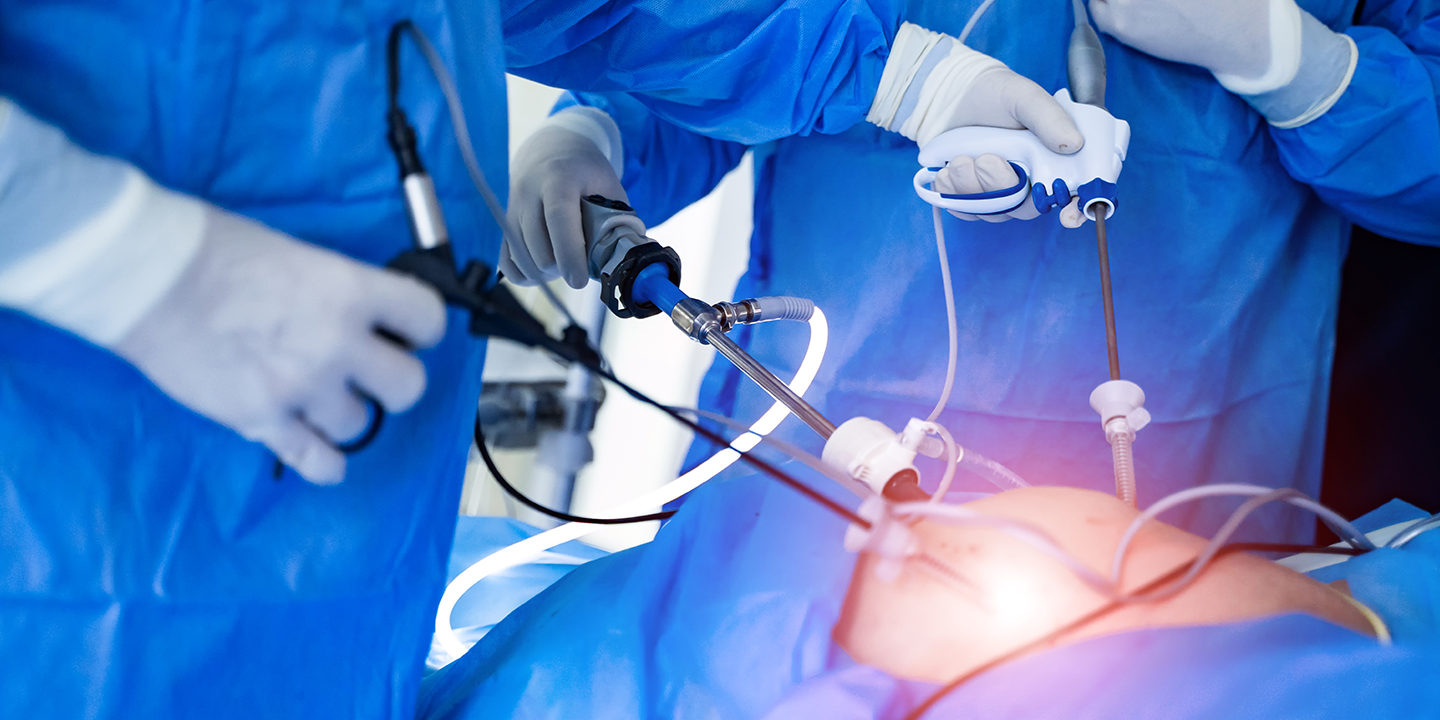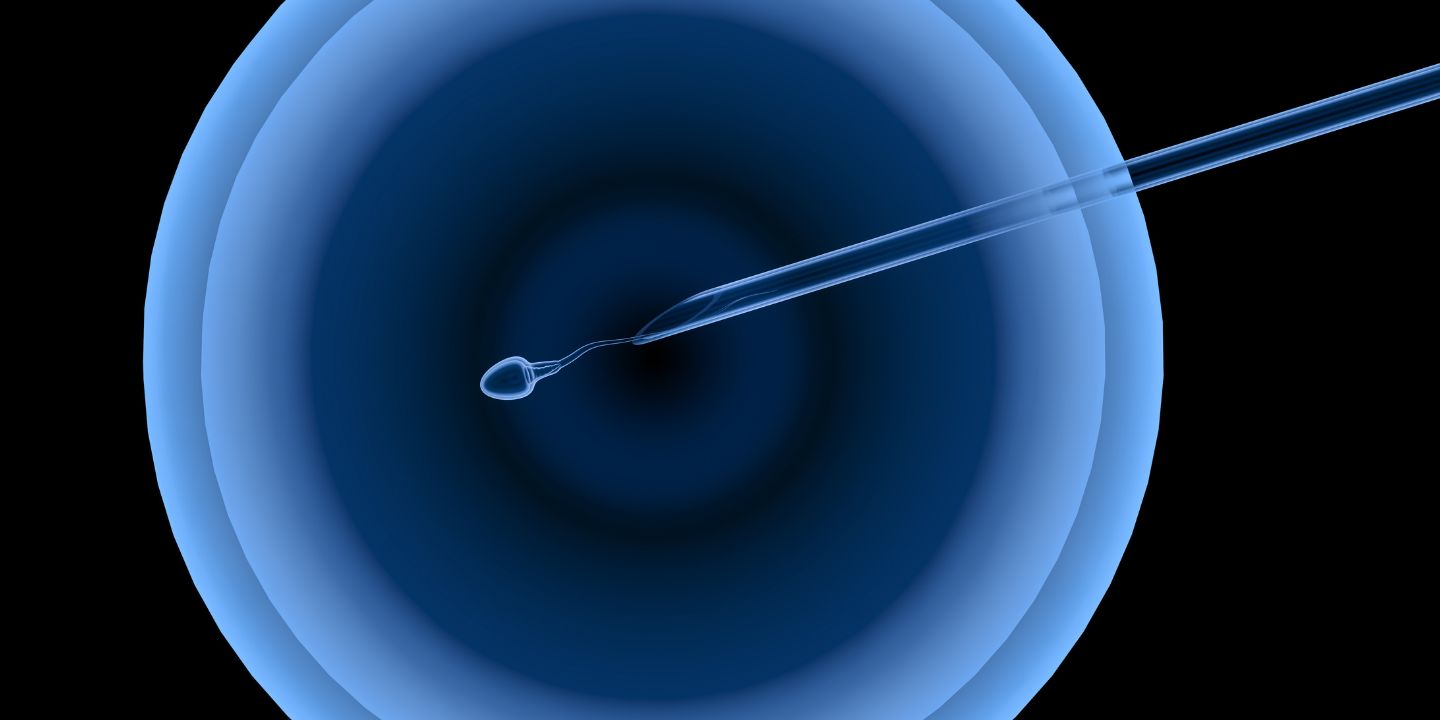
In the world of women’s health, laparoscopy and hysteroscopy have emerged as crucial players, steering away from the traditional surgical routes. These procedures are not just medical marvels; they’re lifelines for diagnosing and managing various gynecological concerns.
This blog aims to explore the mysteries surrounding these surgeries, shedding light on their disparities and advantages. By the end, our goal is simple: empower individuals with the knowledge needed to make decisions about their health journey. Because when it comes to gynecological well-being, understanding the options can be as crucial as the fertility procedures themselves.
In this Article
- 1 Understanding Laparoscopy
- 2 Understanding Hysteroscopy
- 3 Key Differences Between Laparoscopy and Hysteroscopy
- 4 Focus of Procedure
- 5 Preferred Scenarios or Conditions
- 6 Level of Invasiveness and Recovery Times
- 7 Diagnostic Accuracy and Effectiveness
- 8 Side Effects
- 9 Cost Comparison
- 10 Patient Preparation and Expectation
- 11 Other Comparisons
- 12 Which One Is Better?
- 13 Why Choose Queen’s Gynecology?
Understanding Laparoscopy
Laparoscopy is used in gynecology that involves small incisions, unlike traditional open surgery. It’s performed using a tiny camera and specialized instruments inserted through these small cuts, allowing doctors to see inside the abdomen. This technique offers advantages over open surgery, such as shorter recovery times and reduced scarring. Gynecologists commonly use laparoscopy surgery to address conditions like endometriosis, ovarian cysts, and fibroids.
While generally safe, there are risks, including infection and bleeding, but complications are rare. Recovery varies but often involves a quicker return to daily activities compared to open surgery.
Understanding Hysteroscopy
Hysteroscopy is a minimally invasive procedure where a thin, lighted tube is gently inserted through the vagina into the uterus. It helps diagnose and treat various uterine issues like polyps, fibroids, and abnormal bleeding. Compared to traditional methods, hysteroscopy offers clearer imaging and precise diagnosis without the need for major incisions.
Recovery is usually quick, with minimal discomfort, though rare risks include infection or injury to the uterus. It’s preferred for its accuracy in pinpointing problems and its lower impact on the body, making it a safer and more effective choice in gynecology.
Key Differences Between Laparoscopy and Hysteroscopy
Focus of Procedure
When it comes to investigating gynecological concerns, the focus of the procedure plays a pivotal role in determining the scope of the examination.
- Laparoscopy: Targets the abdominal cavity, allowing visualization of the pelvic organs like the ovaries, fallopian tubes, and uterus from outside.
- Hysteroscopy: Concentrates on the uterine cavity, examining the inside of the uterus for abnormalities or issues directly.
Preferred Scenarios or Conditions
In the realm of gynecological procedures, the preference between laparoscopy and hysteroscopy often hinges on the targeted areas of concern within the female reproductive system.
- Laparoscopy: Often preferred for conditions affecting the outer structures of the reproductive system, such as endometriosis, ovarian cysts, or tubal blockages.
- Hysteroscopy: Typically recommended for diagnosing and treating issues within the uterus itself, like polyps, fibroids, abnormal bleeding, or evaluating fertility concerns related to the uterine cavity.
Level of Invasiveness and Recovery Times
Navigating the delicate balance between invasiveness and laparoscopy and hysteroscopy recovery time is crucial in choosing the right gynecological procedure.
- Laparoscopy: Moderately invasive, involving small incisions in the abdomen. Generally, recovery time varies but can range from a few days to a week or two, depending on the complexity of the procedure.
- Hysteroscopy: Less invasive, often done without incisions . Recovery tends to be shorter, often with minimal discomfort and a shorter downtime compared to laparoscopy.
Diagnostic Accuracy and Effectiveness
When it comes to diagnostic accuracy, the contrast between laparoscopy and hysteroscopy lies in their focus areas.
- Laparoscopy: Offers a comprehensive view of the pelvic organs, aiding in a more extensive assessment of various conditions, but may not directly inspect the interior of the uterus as in hysteroscopy.
- Hysteroscopy: Provides direct visualization of the uterine cavity, allowing for precise diagnosis and targeted treatment of intrauterine issues. However, it may not reveal conditions outside the uterus.
Side Effects
When considering potential laparoscopy and hysteroscopy side effects post-surgery, both laparoscopy and hysteroscopy present different experiences. Understanding these anticipated outcomes can help individuals prepare for their recovery journey.
- Laparoscopy: Potential side effects may include minor pain or discomfort around the incision sites, bloating, or shoulder pain due to residual gas used during the procedure.
- Hysteroscopy: Side effects are generally minimal, such as mild cramping or spotting, and are often short-lived.
Cost Comparison
When considering medical procedures, laparoscopy and hysteroscopy cost is a significant factor influencing decisions.
- Laparoscopy: Typically laparoscopy for infertility cost higher due to the need for specialized equipment, longer operating times, and potential hospital stay.
- Hysteroscopy: Generally, costs are comparatively lower as it often requires fewer resources and a shorter procedure time.
Patient Preparation and Expectation
Differences in how patients prepare and what they can expect pre- and post-procedure.
- Laparoscopy: Often requires bowel preparation and a longer recovery period.
- Hysteroscopy: Generally requires minimal preparation and shorter post-operative recovery.
Other Comparisons
- Effect on Fertility: Laparoscopy may directly impact fertility by treating conditions like endometriosis or tubal issues. Hysteroscopy IVF primarily focuses on uterine issues that may indirectly affect fertility.
- Anesthesia Use: Laparoscopy usually requires general anesthesia, while hysteroscopy might be performed under local anesthesia or sedation.
- Post-procedure Follow-up: Laparoscopy might require more extended post-operative care, whereas hysteroscopy often involves less intensive follow-up ( day care procedure and patient is discharged on same day).
Understanding these differences can guide individuals and healthcare providers in choosing the most suitable procedure based on specific medical conditions, ensuring optimal diagnostic accuracy, and effective infertility treatment options with minimized invasiveness and recovery time.
Which One Is Better?
Determining the “better” procedure between Laparoscopy vs Hysteroscopy depends on individual needs and the nature of the medical condition. Your unique circumstances, the specific issue being addressed, and your overall health play crucial roles in choosing between laparoscopy and hysteroscopy. Consulting a healthcare professional is paramount in navigating this decision. They can offer insights tailored to your situation, discussing the pros and cons of each procedure, considering your preferences, and guiding you toward the most suitable option. Their expertise ensures that the chosen procedure aligns not just with the medical necessity but also with your well-being and recovery.
Ultimately, the right choice emerges from a collaborative discussion between you and your fertility specialist, ensuring the most effective and personalized approach to your gynecological care.
Why Choose Queen’s Gynecology?
At Queen’s Gynecology, our commitment revolves around personalized care. We prioritize your well-being by offering tailored and the best infertility treatment that matches your unique medical needs. Our experienced team values your preferences, ensuring informed discussions and comprehensive guidance in selecting the most suitable procedure. With a focus on your comfort and recovery, we provide a compassionate and supportive environment throughout your journey. Trust our expertise for individualized, top-notch gynecological care that places your health and satisfaction at the forefront.














